Carpenter bees are wood-boring insects that can cause significant damage by drilling into wooden structures around homes. Unlike termites, carpenter bees do not consume wood; instead, they create galleries in wood for nesting, which, over time, weaken wooden beams, decks, eaves, and other structures.
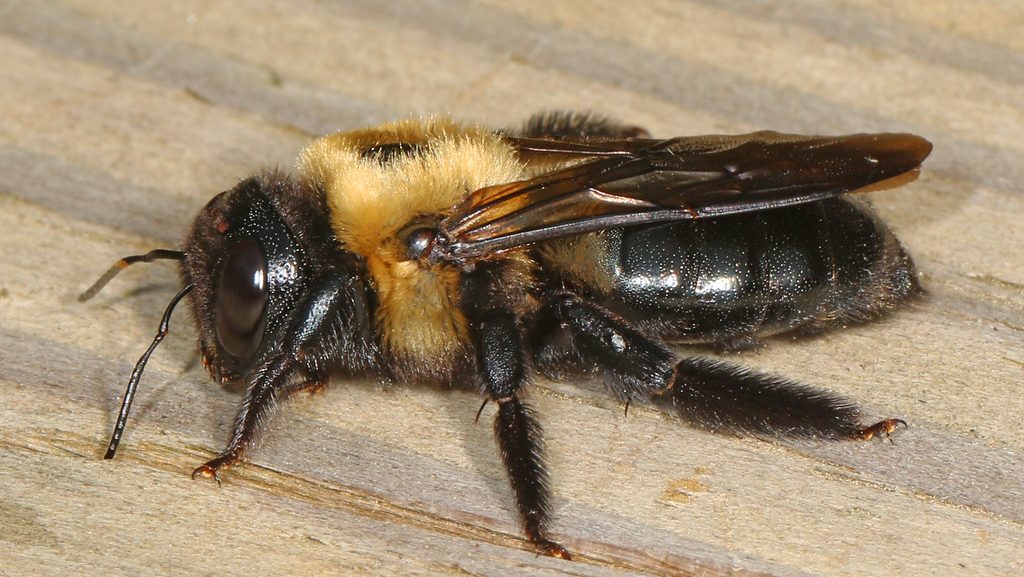 This guide covers how to get rid of carpenter bees, safe carpenter bee removal methods, and prevention strategies for keeping them away from your property. For severe infestations or hard-to-reach nesting areas, consider consulting a professional pest control service for a free estimate on effective carpenter bee removal.
This guide covers how to get rid of carpenter bees, safe carpenter bee removal methods, and prevention strategies for keeping them away from your property. For severe infestations or hard-to-reach nesting areas, consider consulting a professional pest control service for a free estimate on effective carpenter bee removal.
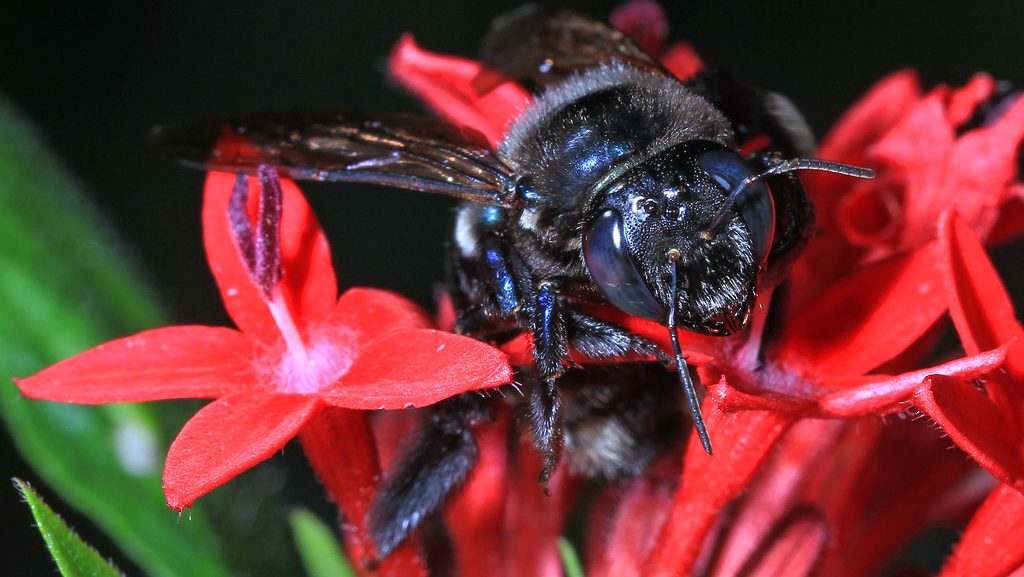

 Natural Carpenter Bee Repellent Solutions
For those who prefer non-chemical approaches, natural repellents can help deter carpenter bees from nesting in wooden structures. Here are some natural remedies to try:
Natural Carpenter Bee Repellent Solutions
For those who prefer non-chemical approaches, natural repellents can help deter carpenter bees from nesting in wooden structures. Here are some natural remedies to try:

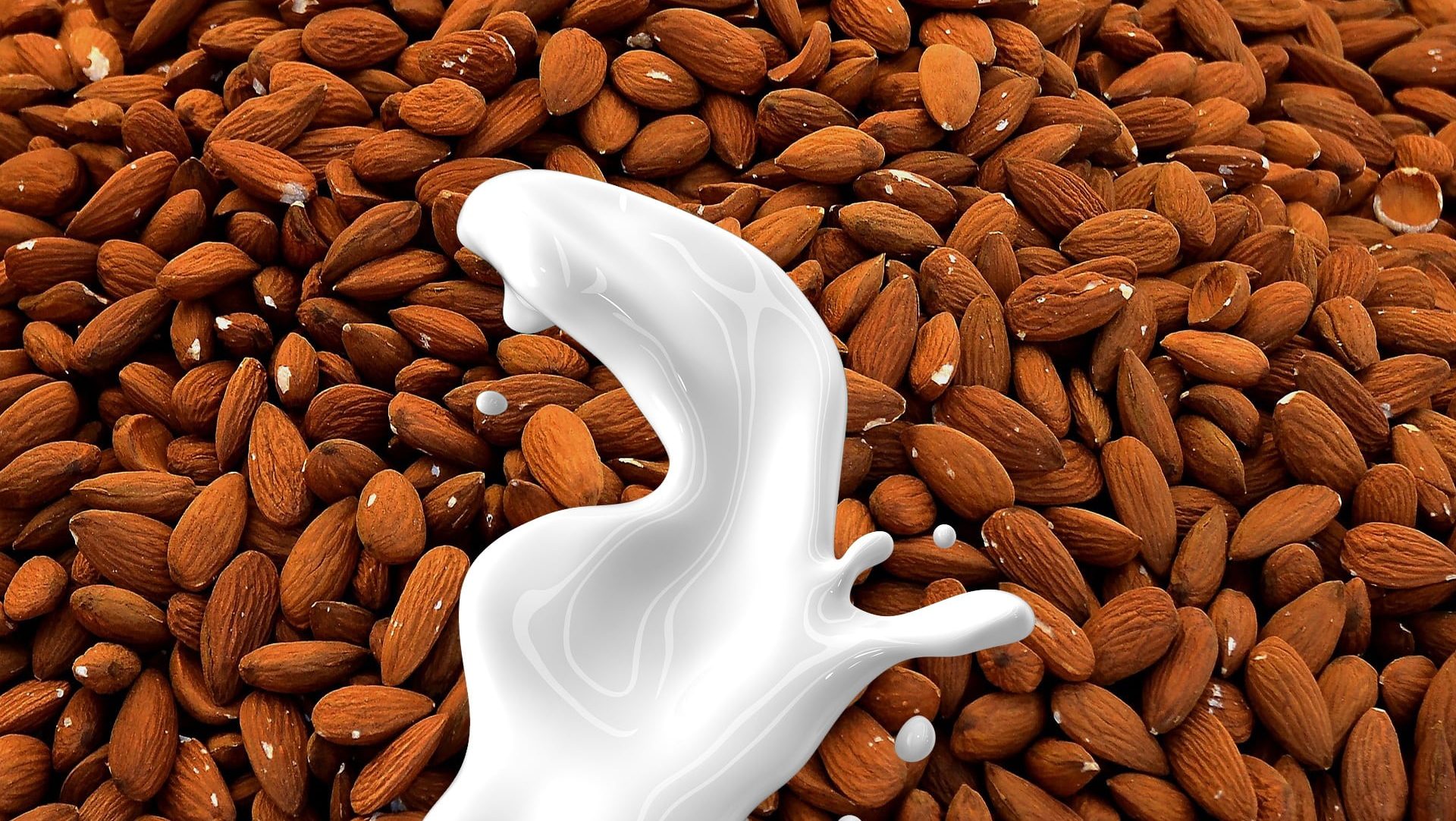
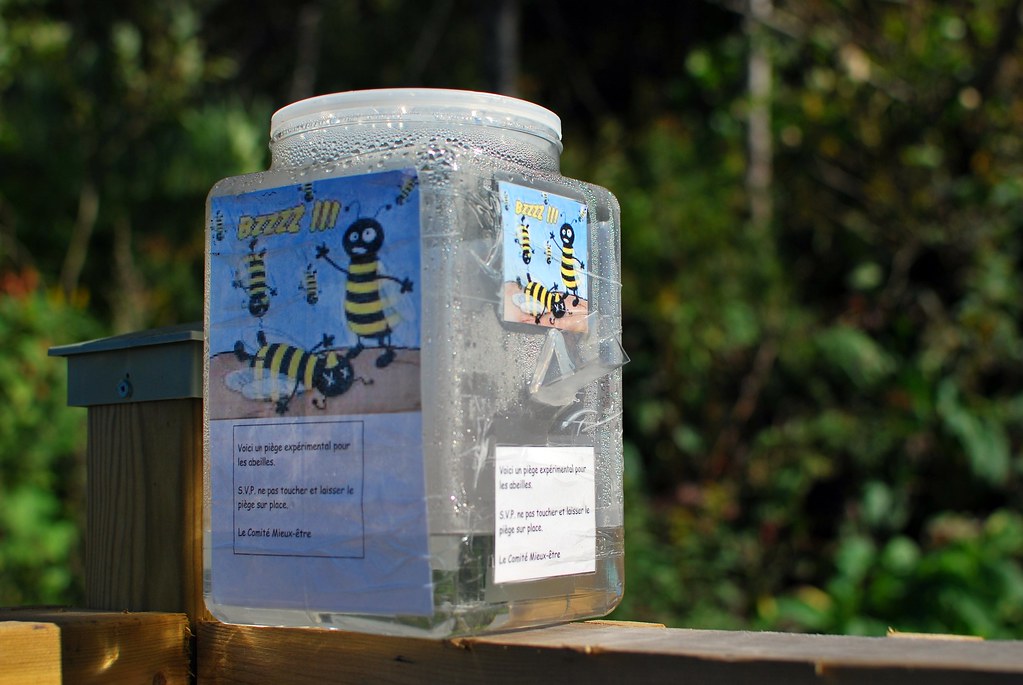


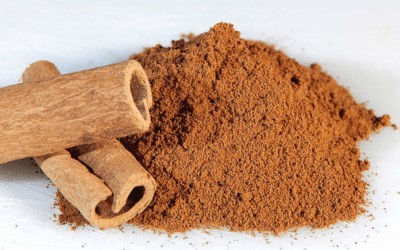

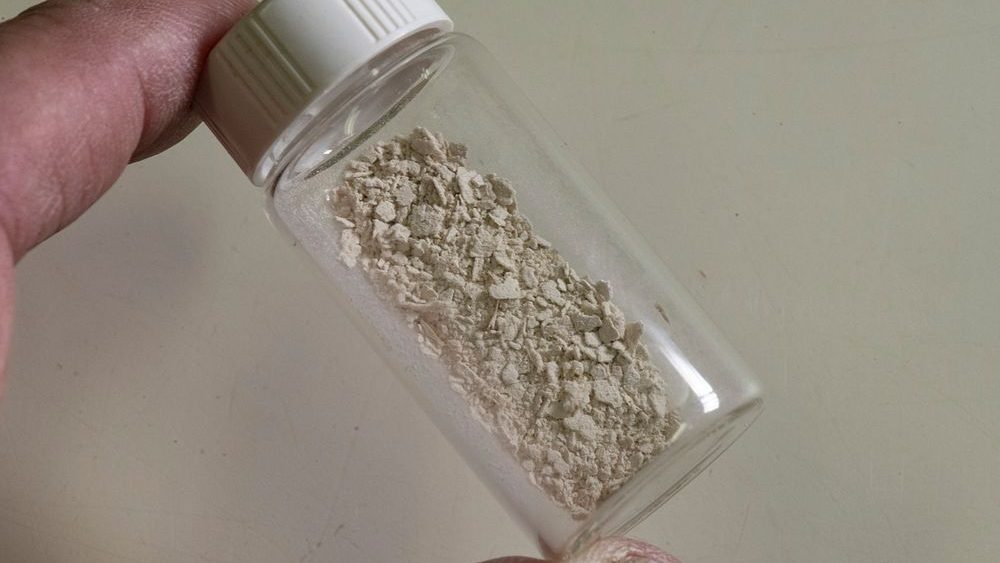
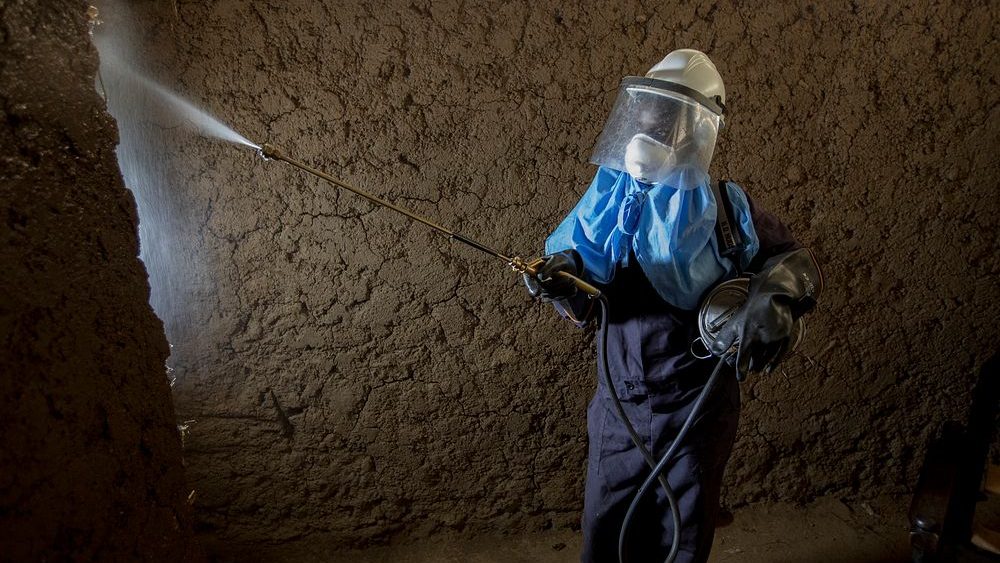 If you are unsure about handling large infestations, calling a pest control service for a free estimate can ensure safe and efficient carpenter bee control.
If you are unsure about handling large infestations, calling a pest control service for a free estimate can ensure safe and efficient carpenter bee control.
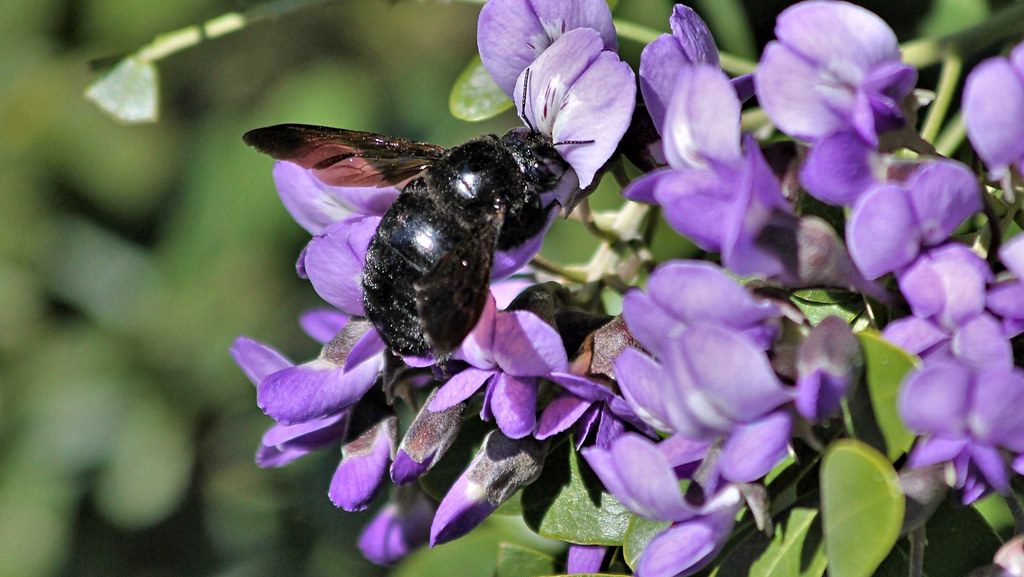
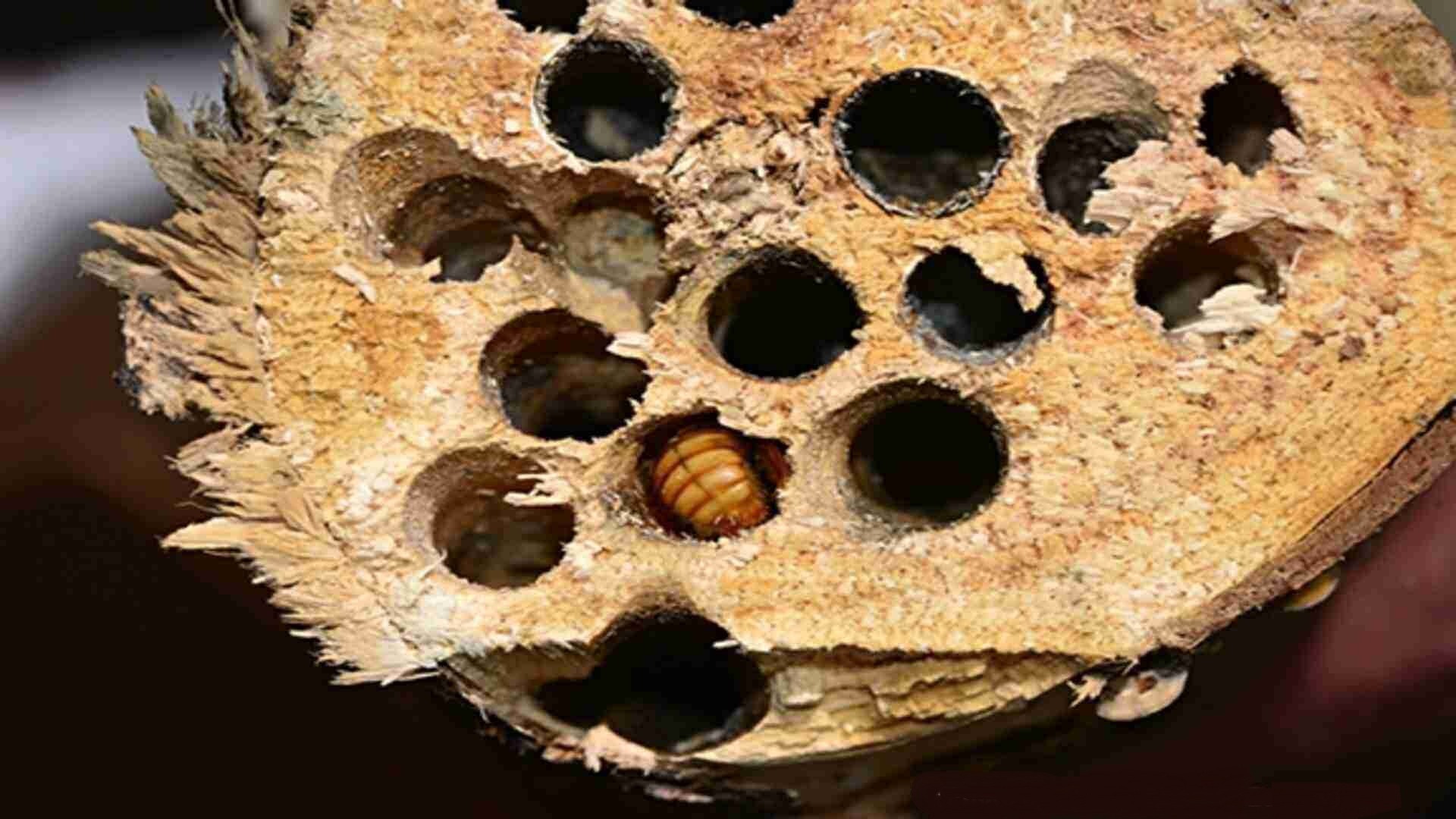 For extensive damage or hard-to-access areas, such as high eaves, hiring a professional pest control service is often the safest option. Professionals can handle carpenter bee removal with minimal risk to property and provide preventive solutions for future infestations.
For extensive damage or hard-to-access areas, such as high eaves, hiring a professional pest control service is often the safest option. Professionals can handle carpenter bee removal with minimal risk to property and provide preventive solutions for future infestations.
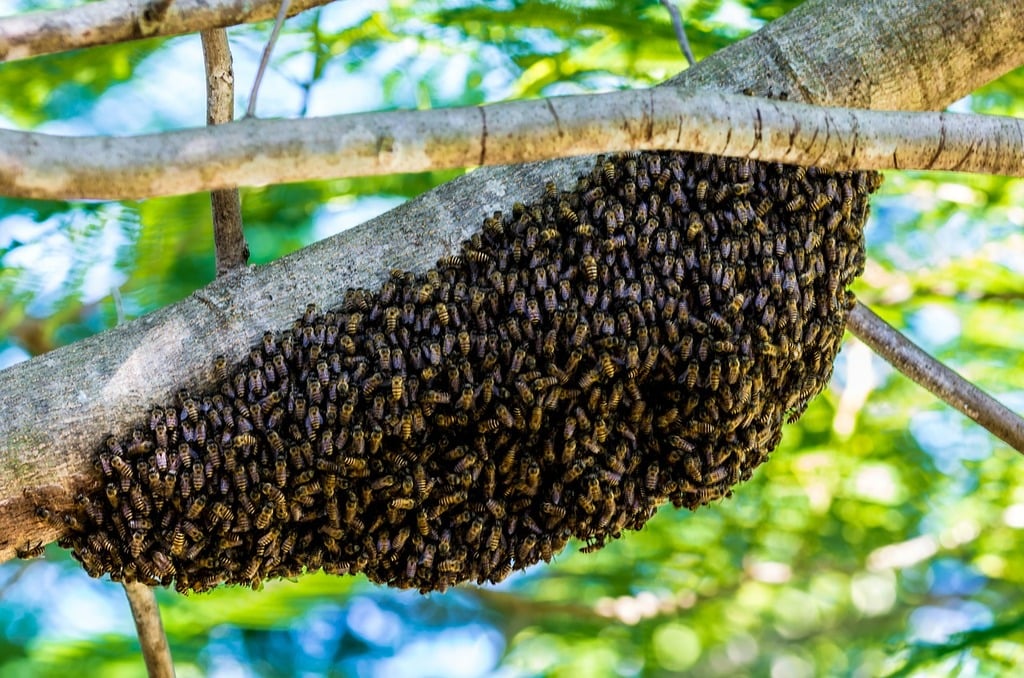 Professional carpenter bee control services ensure that all bee galleries are treated safely, preventing new infestations and protecting your property from further damage.
Professional carpenter bee control services ensure that all bee galleries are treated safely, preventing new infestations and protecting your property from further damage.
 This guide covers how to get rid of carpenter bees, safe carpenter bee removal methods, and prevention strategies for keeping them away from your property. For severe infestations or hard-to-reach nesting areas, consider consulting a professional pest control service for a free estimate on effective carpenter bee removal.
This guide covers how to get rid of carpenter bees, safe carpenter bee removal methods, and prevention strategies for keeping them away from your property. For severe infestations or hard-to-reach nesting areas, consider consulting a professional pest control service for a free estimate on effective carpenter bee removal.
DIY Methods for Getting Rid of Carpenter Bees
If the infestation is small, DIY methods can help control carpenter bees effectively. Always approach these methods with caution, and try to apply them in the early morning or late evening when carpenter bees are less active.

Not getting a solution?
Get your free pest control estimate today!Citrus Oil Spray
Carpenter bees are repelled by citrus scents, making this a natural and safe deterrent.
INGREDIENTS
-
 1 cup of water
1 cup of water
-
 Peels from one citrus fruit (such as orange or lemon)
Peels from one citrus fruit (such as orange or lemon)
INSTRUCTIONS
Step 1
- Boil citrus peels in water to extract the oils.
Step 2
- Strain the solution into a spray bottle.
Step 3
- Spray the citrus solution directly around carpenter bee holes and on vulnerable wood surfaces to discourage nesting.
Note
Reapply weekly or after rain for best results.Almond Oil Application
Almond oil has properties that deter carpenter bees from returning to treated areas.
INGREDIENTS
-
 Almond oil
Almond oil
INSTRUCTIONS
Step 1
- Dip a cotton ball in almond oil and apply it around existing entry holes.
Step 2
- For broader protection, wipe almond oil on other exposed wood areas.
Note
Reapply every few days to maintain effectiveness, especially during spring.DIY Bee Trap
A homemade bee trap can capture carpenter bees, reducing their population around the property.
MATERIALS NEEDED
-
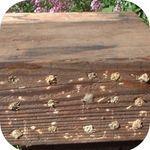 A small wooden block with a drilled hole
A small wooden block with a drilled hole
-
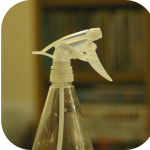 A plastic jar or bottle
A plastic jar or bottle
INSTRUCTIONS
Step 1
- Drill a ½-inch hole in a wooden block to mimic a carpenter bee tunnel.
Step 2
- Attach a plastic jar or bottle to the bottom of the wood so bees fall into the trap when they enter.
Step 3
- Place the trap near areas with carpenter bee activity and monitor it regularly for effectiveness.
Note
Place the trap near areas with carpenter bee activity and monitor it regularly for effectiveness.Garlic Spray Solution
Garlic has natural insect-repelling properties that can discourage carpenter bees.
INGREDIENTS
-
 2-3 crushed garlic cloves
2-3 crushed garlic cloves
-
 1 liter of water
1 liter of water
INSTRUCTIONS
Step 1
- Soak crushed garlic cloves in water overnight, then strain into a spray bottle.
Step 2
- Spray around holes, entry points, and vulnerable wood surfaces.
Step 3
- Reapply every few days for best protection.
Note
Reapply every few days for best protection.Eucalyptus Oil Spray
Eucalyptus oil’s strong scent is effective at keeping carpenter bees away from vulnerable wooden surfaces.
INGREDIENTS
-
 10 drops of eucalyptus oil
10 drops of eucalyptus oil
-
 1 cup of water
1 cup of water
INSTRUCTIONS
Step 1
- Mix eucalyptus oil with water in a spray bottle.
Step 2
- Apply the spray on wooden surfaces where bees are likely to nest.
Step 3
- Reapply weekly for consistent protection, especially during peak carpenter bee season.
Note
Reapply weekly for consistent protection, especially during peak carpenter bee season.Cinnamon Powder Application
Carpenter bees are repelled by the scent of cinnamon, which can be sprinkled around potential nesting areas.
INGREDIENTS
-
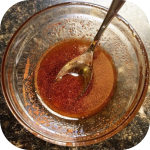 Cinnamon powder
Cinnamon powder
INSTRUCTIONS
Step 1
- Sprinkle cinnamon powder around carpenter bee holes or vulnerable wood areas.
Step 2
- Reapply after rain to maintain effectiveness.
Chemical Carpenter Bee Control Solutions
Chemical treatments provide a stronger solution for how to get rid of carpenter bees, especially for larger infestations. Be sure to wear protective clothing and follow product guidelines when applying these methods.Aerosol Insecticide Spray
This spray kills carpenter bees on contact and treats existing galleries effectively.
INSTRUCTIONS
Step 1
- Insert the nozzle into each gallery hole and spray directly into the tunnels.
Step 2
- Spray during early morning or late evening when bees are inside.
Step 3
- Leave the treated nest undisturbed for several days, then plug holes with wood filler to prevent reentry.
Note
Leave the treated nest undisturbed for several days, then plug holes with wood filler to prevent reentry.Insecticidal Dust for Galleries
Insecticidal dust works well for deep carpenter bee galleries, as it clings to bees and spreads throughout the nest.
INSTRUCTIONS
Step 1
- Apply insecticidal dust to each entry hole using a dust applicator.
Step 2
- Repeat treatment every few days until bee activity stops completely.
Step 3
- Seal holes with wood putty to prevent new bees from using the same gallery.
Note
Repeat treatment every few days until bee activity stops completely. Seal holes with wood putty to prevent new bees from using the same gallery.Residual Insecticides on Wooden Surfaces
Residual insecticides act as a barrier on wood, deterring carpenter bees from burrowing.
INSTRUCTIONS
Step 1
- Spray insecticide evenly on vulnerable wood surfaces, such as eaves, decks, and fences.
Step 2
- Follow the product’s reapplication instructions to maintain effective coverage.
Note
Follow the product’s reapplication instructions to maintain effective coverage.Understanding Carpenter Bees and Their Behaviour
Carpenter bees resemble bumblebees in size and appearance but have a shiny, black abdomen that is smooth rather than fuzzy. Unlike bumblebees or honeybees, carpenter bees are solitary, meaning each female builds and maintains her own nest. However, multiple carpenter bees often choose the same area to create nesting galleries, leading to a cluster of holes in a small area. Carpenter bees use their powerful mandibles to bore into wood, creating ½-inch round entry holes. They are typically more active in spring when they emerge to mate and lay eggs. Males may behave aggressively and buzz around people or animals near the nest, although they are harmless as they lack stingers. Females are less aggressive but can sting if provoked. Understanding these behaviours helps in planning carpenter bee control effectively.
Why Carpenter Bees Are Attracted to Your Home
Carpenter bees are drawn to properties with untreated, exposed, or weathered wood. Their ideal nesting sites include softwoods, such as pine, cedar, or redwood, that have not been painted or stained. This makes wood surfaces on decks, fences, eaves, and outdoor furniture vulnerable to carpenter bee activity.Key Attractants for Carpenter Bees
-
Unpainted or Unstained Wood: Carpenter bees prefer unpainted or unstained wood for easy burrowing.
-
Protected Spaces: Overhanging eaves, soffits, and wood beneath decks provide protected spaces for nesting.
-
Large Wooden Structures: Large wooden structures, like barns, sheds, or cabins, are particularly at risk due to their extensive wood surfaces.
Identifying Carpenter Bee Infestation
-
Perfectly Round Holes: Carpenter bees create round holes about ½ inch in diameter. These holes are often found on exposed wood surfaces and are a clear sign of carpenter bee activity.
-
Wood Shavings or Frass: When carpenter bees excavate wood, they leave behind coarse wood shavings, often found near the entrance hole. This frass is a sign that carpenter bees are actively burrowing.
-
Bee Activity Near Wood: Male carpenter bees hover around entry points and will aggressively guard the nest area, though they cannot sting.
-
Expanding Damage Over Time: If carpenter bees return to the same area year after year, their tunnels can grow and multiply, compromising the structural integrity of the wood. Carpenter bees often extend old tunnels, which can lead to deeper wood damage.

Preventive Measures to Keep Carpenter Bees Away
-
Paint or Stain Wooden Surfaces: Carpenter bees prefer untreated wood, so painting or staining wood surfaces can make them less appealing for nesting. This step not only protects wood from bees but also from weather damage.
-
Use Hardwood for New Structures: Carpenter bees favor softwoods, like pine and cedar, which are easier to drill into. Opt for hardwoods when constructing new outdoor structures, as they are less attractive to carpenter bees.
-
Seal Gaps and Cracks: Inspect wooden structures regularly and seal any cracks, gaps, or holes. This limits potential nesting opportunities and helps deter carpenter bees.
-
Install Bee Deterrents: Reflective or noisy deterrents like aluminum foil, wind chimes, or reflective tape near vulnerable wood areas can help keep carpenter bees away.
-
Cover Exposed Wood During Spring: Carpenter bees are most active in spring, so covering exposed wood areas or applying fresh paint or sealant before spring can reduce nesting risks.
How to Safely Remove Carpenter Bee Nests?
Carpenter bee nests require careful handling to avoid stings and further damage. If you’re handling carpenter bee removal yourself, follow these steps for safe and effective nest treatment:Tips for Treating Carpenter Bee Infestations
-
Treat Holes in the Evening: Carpenter bees are less active at night, making evening treatments safer.
-
Wear Protective Clothing: Use gloves, long sleeves, and eye protection to avoid bee stings.
-
Apply Treatment, Then Seal Holes: After applying insecticides or natural deterrents, seal entry holes with wood filler to prevent bees from returning.

Dos and Don’ts for Safe Carpenter Bee Control
DO'S
-
Paint or stain wooden surfaces
-
Treat and seal holes promptly
-
Wear protective gear
DON'TS
-
Avoid leaving holes open
-
Don’t ignore signs of damage
-
Don’t use harsh chemicals without precautions
When to Call a Carpenter Bee Exterminator
If you’re dealing with a large infestation, significant wood damage, or bees in difficult-to-reach locations, a professional carpenter bee exterminator can provide the most thorough solution. Exterminators use specialised equipment to treat carpenter bee galleries effectively, reducing the risk of re-infestation.Consider calling a professional carpenter bee removal service if:
-
Multiple areas on your property are affected by carpenter bees.
-
Existing galleries have caused structural damage to wooden surfaces.
-
You need a long-term prevention plan to protect vulnerable wood.





